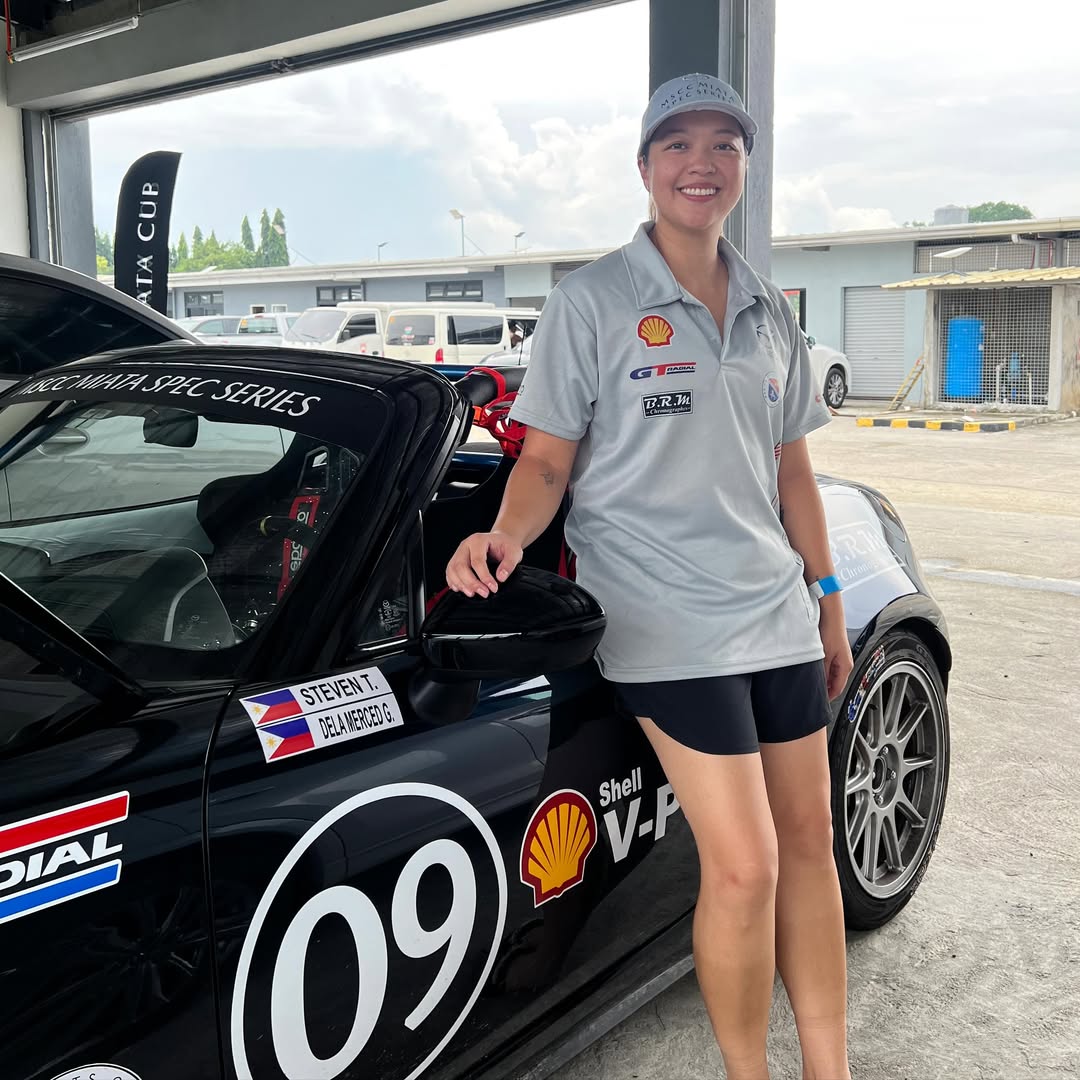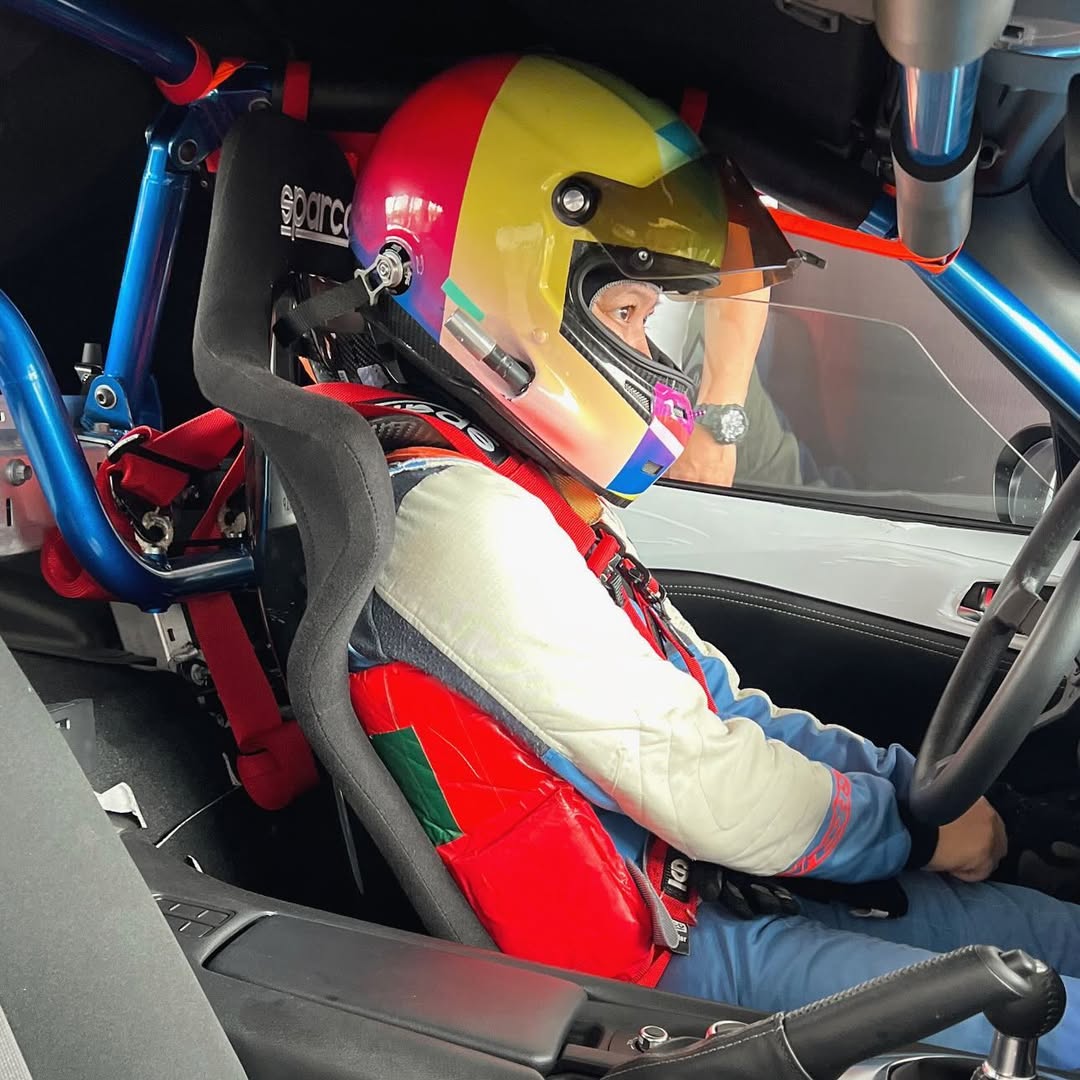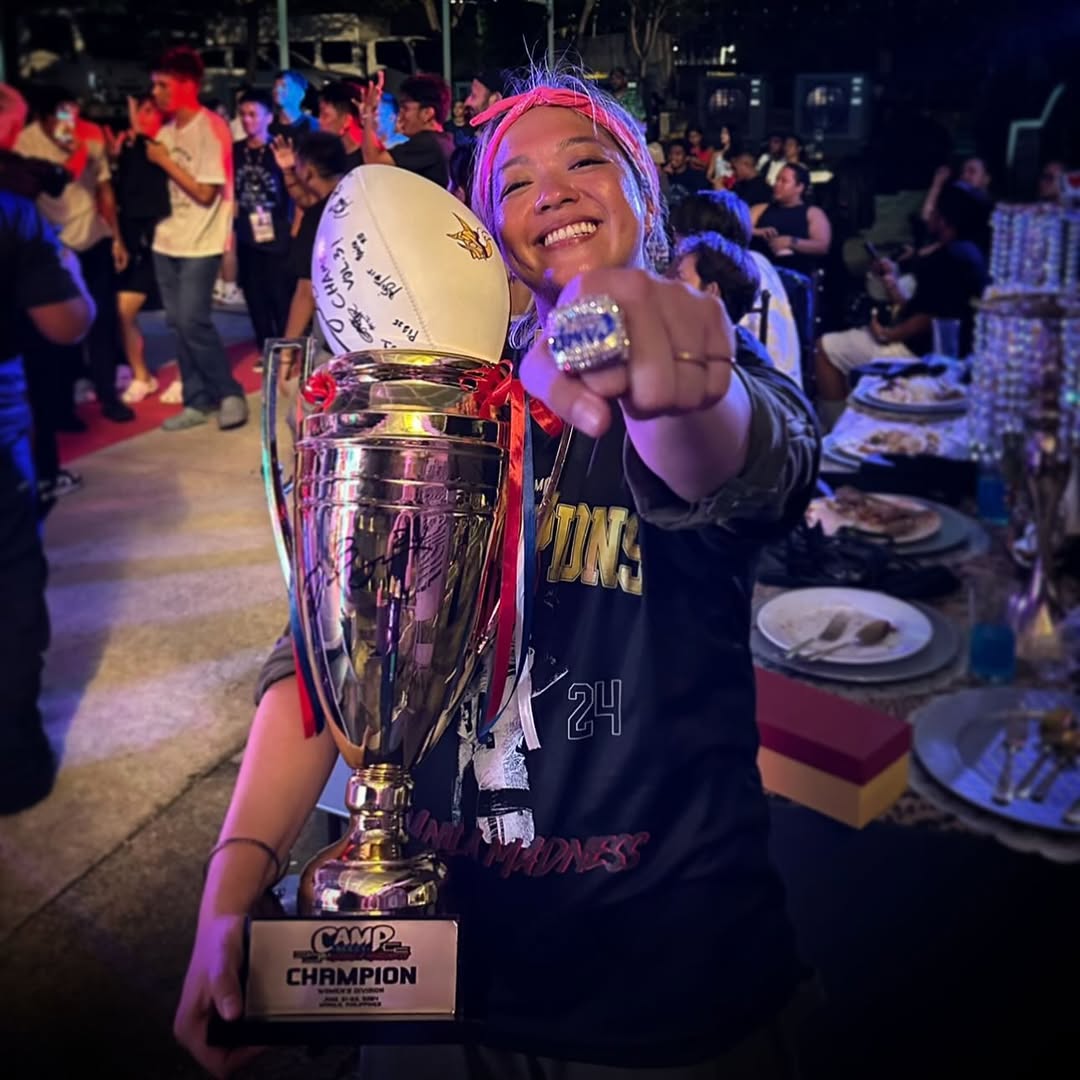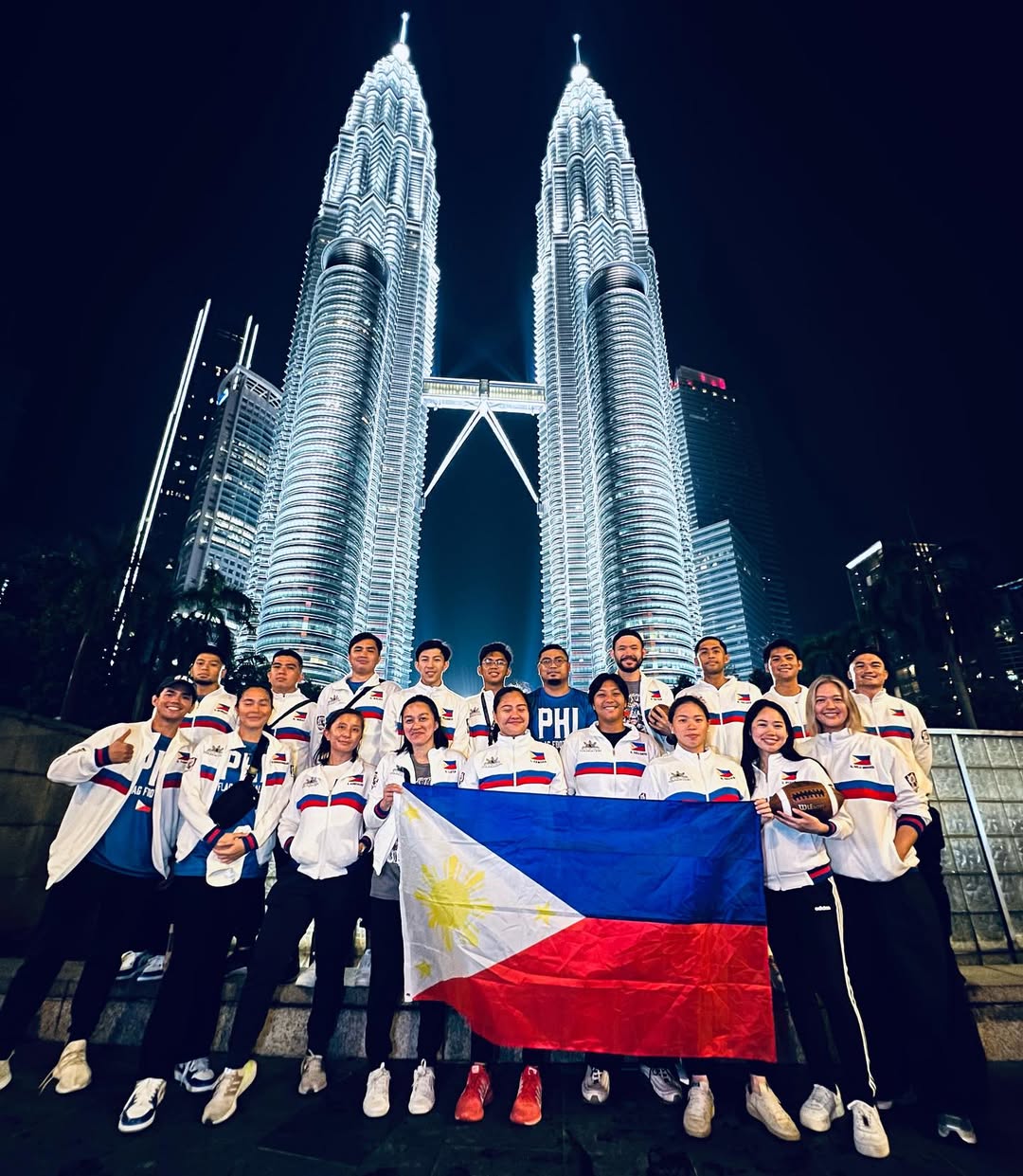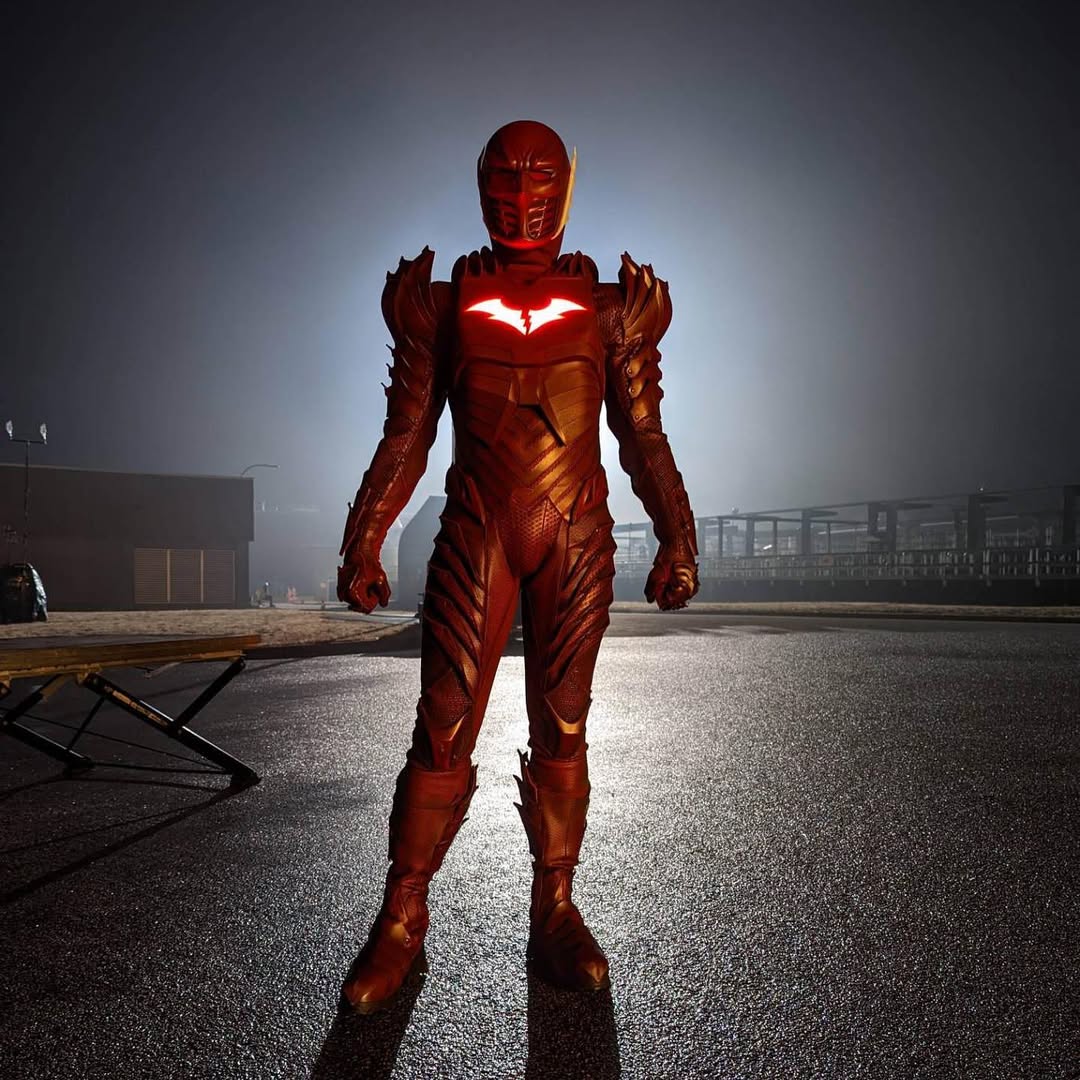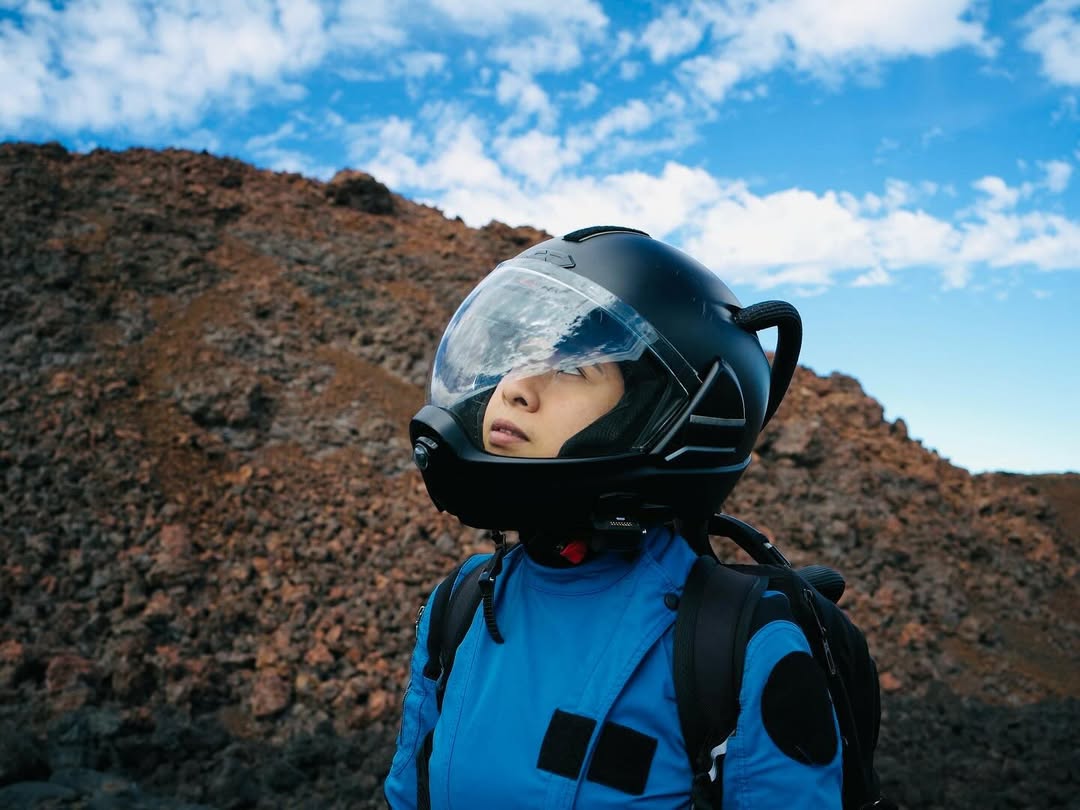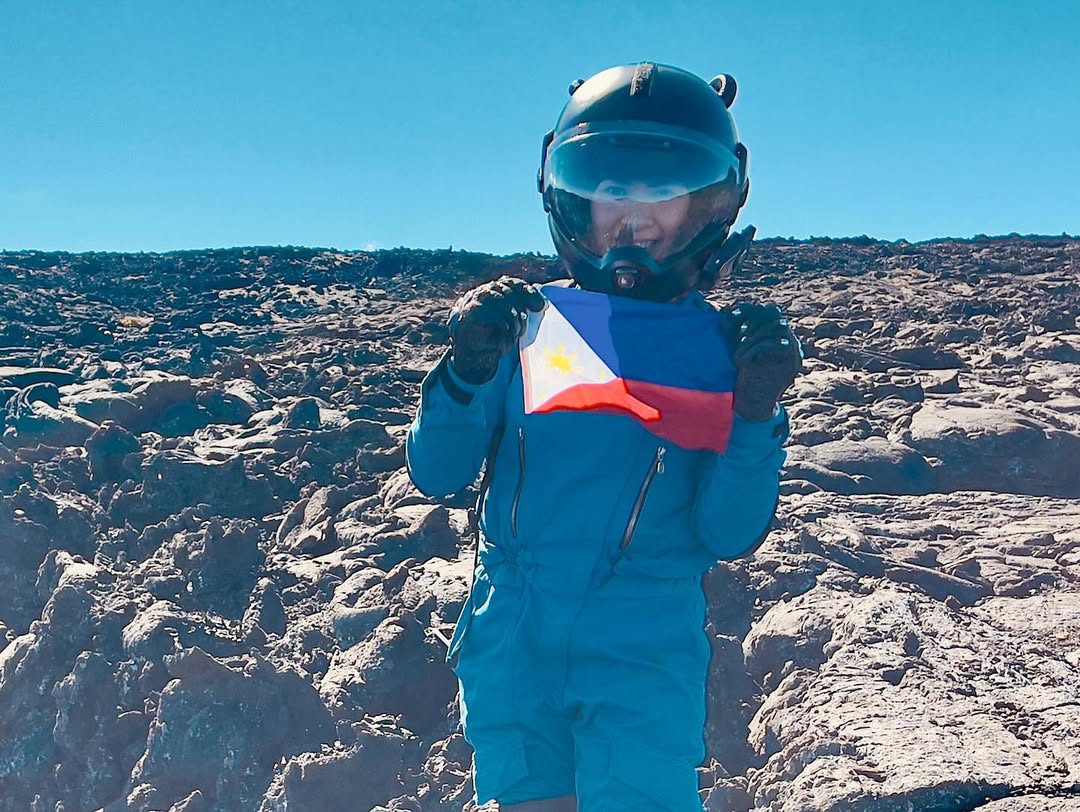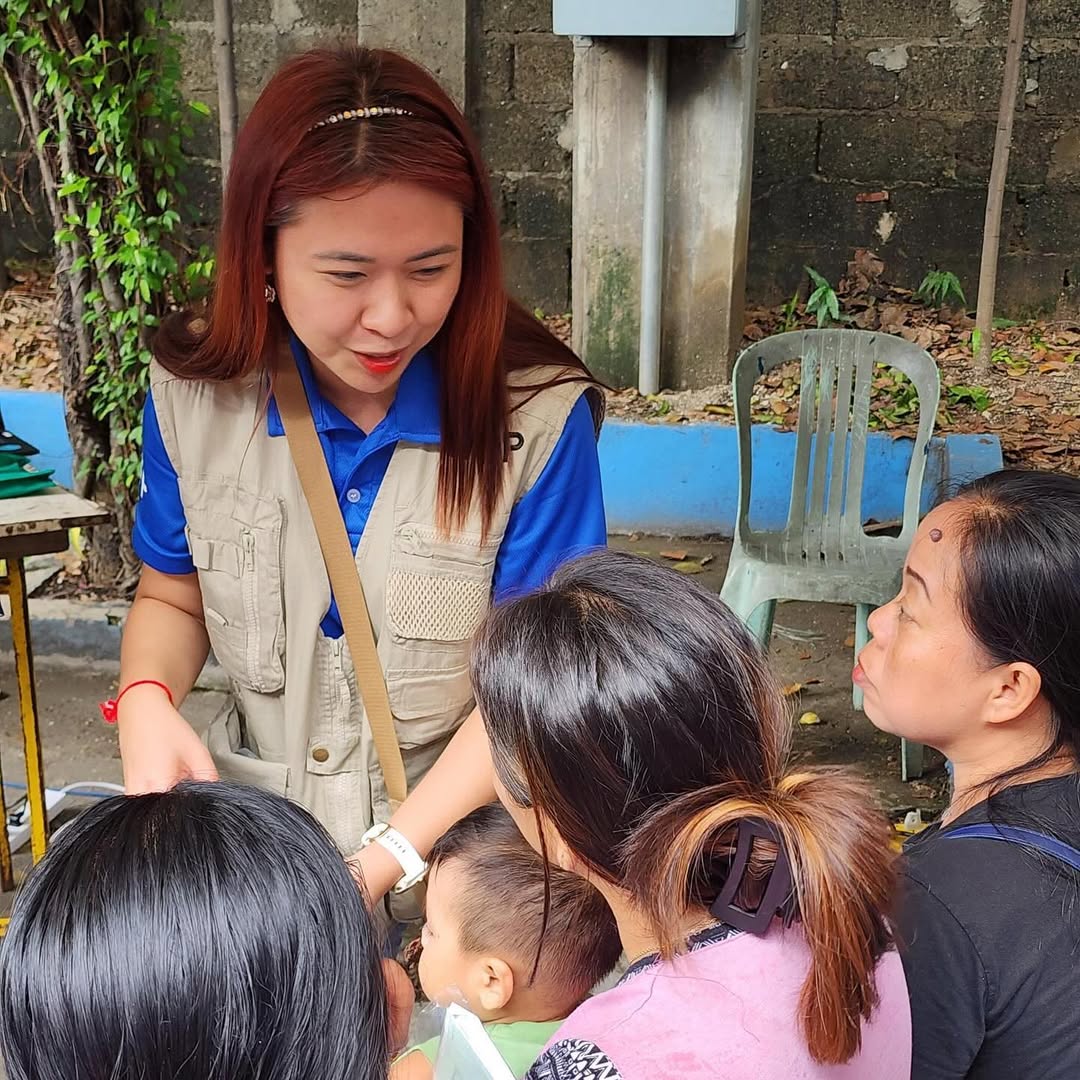Her Career: Four Filipinas blaze trails in male-dominated industries
Filipino women have come full circle.
In pre-colonial times, women in the Philippines held equal status with men in several ways. They owned property and engaged in trade, they could divorce their husbands, and they could become village chiefs. They also held special authority in their communities as babaylans—mystics who could conduct healing and communicate with the spirits of their ancestors and nature.
But then the Spanish came and washed out all that with their colonial rule and Christian patriarchy. Under Spain’s influence, Filipino women’s social and political status was defined in relation to men. According to “civilized society,” Filipinas were expected to be meek and subservient, relegated to the home and domestic tasks.
Of course, there were those who didn’t get the memo. They held their own in roles that Spain and the elite class said were only for men.
Gregoria de Jesus founded the women’s chapter of the Katipunan and became its vice president. After her husband, Diego, was assassinated, Gabriela Silang assumed leadership of the revolutionary movement in Ilocos. Agueda Kahabagan, armed with a rifle and a bolo, led troops of men in a three-day assault against the San Pablo garrison in Laguna.
The fierce and independent spirit of these heroes remains strong in today’s Filipinas. Though traces of gender inequality remain, Filipino women are choosing, triumphantly, to live on their own terms, much like how women did before the colonial era.
Four women of this generation, in particular, are leading the charge by taking on roles that are traditionally considered masculine.
Gaby dela Merced
Motorsports racing driver
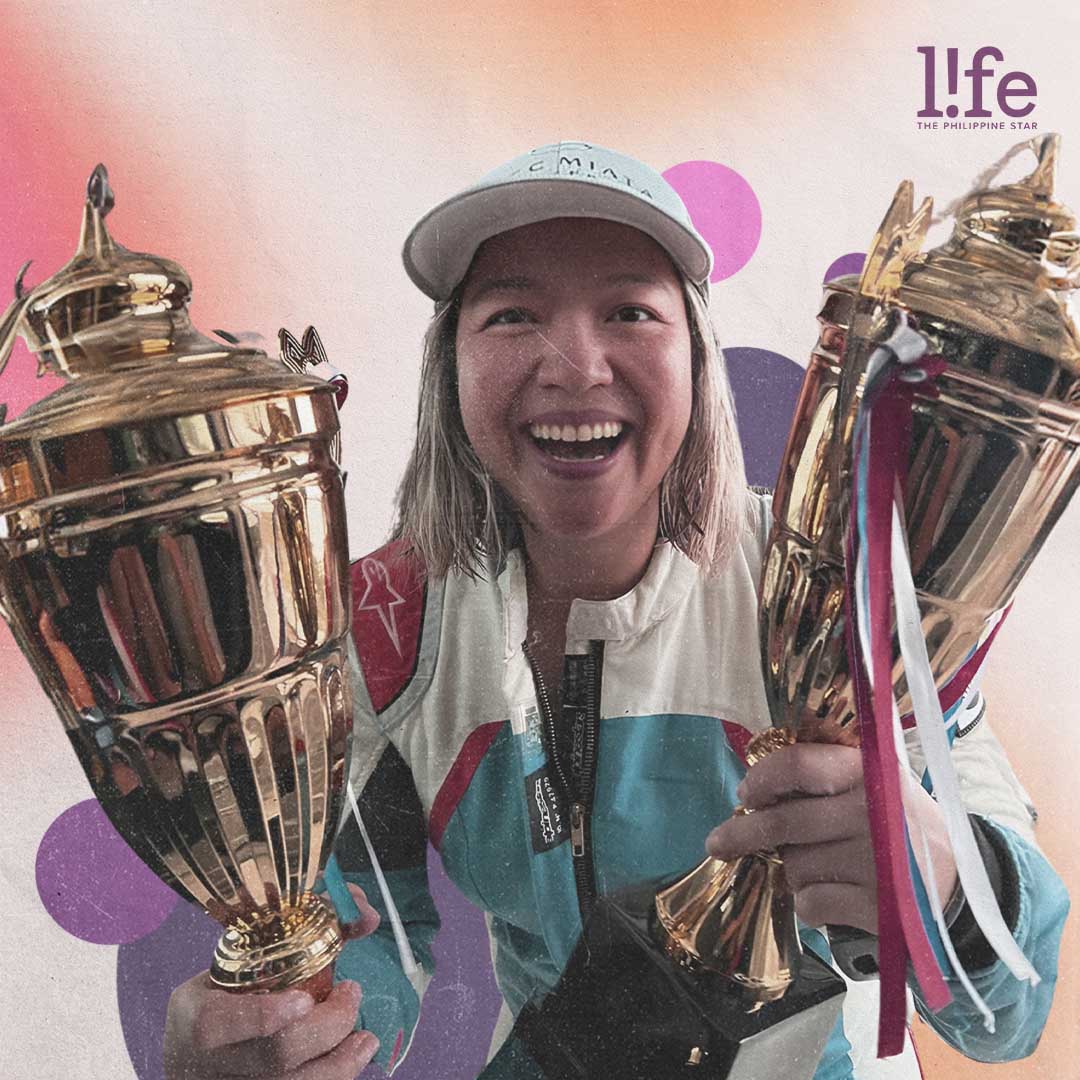
Gaby dela Merced was a teenager when she entered the male-dominated car racing world. Without the clout of a social media account (because this was pre-all that) or a community of women cheering her on, Gaby was determined to become a successful race car driver.
As one would imagine, it wasn’t without obstacles.
“When I joined, there weren’t many women that took racing seriously. People were open, though,” said Gaby. “But when they started seeing me as a threat, it became a different story. Certain comments were [made to me] that wouldn’t be acceptable today.”
Gaby recalls how one spectator said, "Okay na pala oras niya," at one of her slalom races. “Babae [naman] pala kasi.”
“Women can never race internationally or open-wheel,” a Malaysian opponent told Gaby, who eventually went on to compete open-wheel internationally. (Open-wheel racing uses single-seater lightweight cars with wheels not covered by fenders. This is the type of cars used by formula racers.)
Once, a male racer ran Gaby off the track during a race. When the race stewards made him explain his actions, he said, “I’m sure she liked it because women like it from behind.”
Gaby took all these comments and used them as fuel to prove herself on the racetrack. It was much more satisfying than giving a scathing comeback.
“I was there to win,” said Gaby. And so she did.
Although Gaby no longer sees gender in racing, it doesn’t discount the fact that her efforts have opened the international circuits to female Filipino and Asian drivers. Her first international race was the Formula BMW Asia, for which she was a scholarship driver. Gaby also competed in the Asian Formula Renault Championship and the Asia Formula 3 series. Among many others, she has raced for Team Opak Spoon Sports at the 2024 MSCC Miata Spec Series and, just before the pandemic, the Trans-Am.
In the midst of all the racing, Gaby found herself playing flag football. Today, she is a Philippine flag football team member, with whom she is training to qualify for the 2028 Olympics.
Maya Macatumpag
Stuntwoman
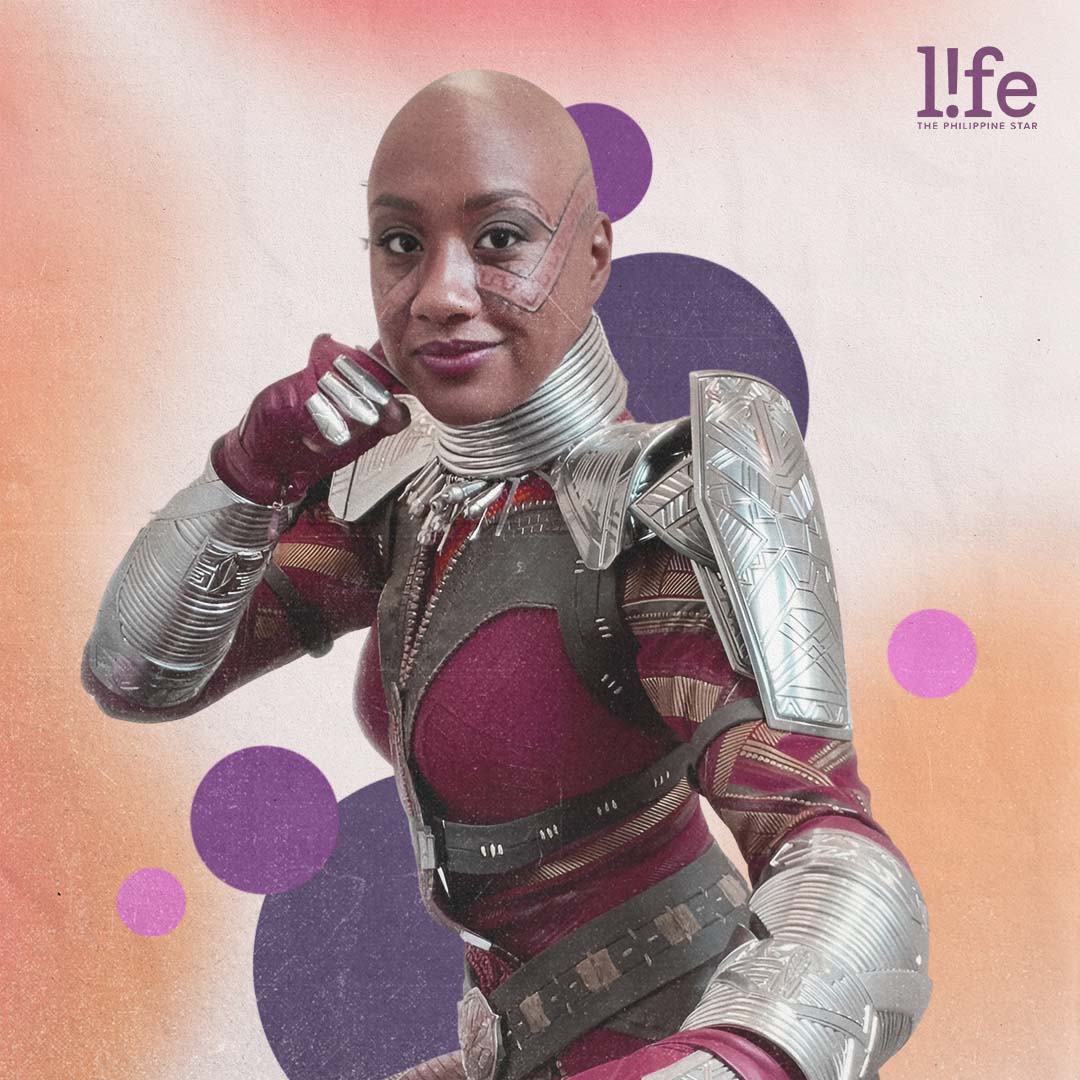
Playing Dora Milaje in Black Panther: Wakanda Forever (and also performing stunts in the film) was a natural progression in Maya Macatumpag’s life of movement. But she had to fight to breach the male-dominated industry of stunt performing.
“Being a young woman in a male-dominated industry, even if you’re trained to do it and they say they need someone who looks like you, it’s still hard to be accepted as someone to be taken seriously in this industry,” says Maya.
“You’re black, a woman, and Asian,” someone told her when she was starting. “You can [take whatever role] you want. You’re gonna be able to get all the jobs you want regardless of whether you’re good or not.”
The comment made Maya so angry that she poured all her frustration and rage into training. She built a skillset that helped her get into the stunt core team that does action design. There, her skills made it undeniable that she belonged in her industry.
It wasn’t just her skills that equipped Maya to thrive in stunts, though. It was also the fact that she knew who she was. “I was so happy that before I fully went into this industry, I’d gone to college and found my voice,” she said. “It’s hard for a lot of women to find their voice, and this industry breaks a lot of them.”
This voice was what gave Maya the best comeback to any comments that undermined her skill: “A lot of times, I would tell them, ‘I’m here because I am who I am and I trained to get here just like you did,” said Maya. More often, though, she let her performance speak for herself.
It’s something she would share with others, especially women of color, to encourage them to find their voice. “We’re in a time where we can take up space,” Maya said. “If we have the skills and put in the hard work to back it up, we will be heard. So you don’t have to bend to what other people think you should be.
Kristine Jane Atienza
Nutritionist-dietician and analog astronaut
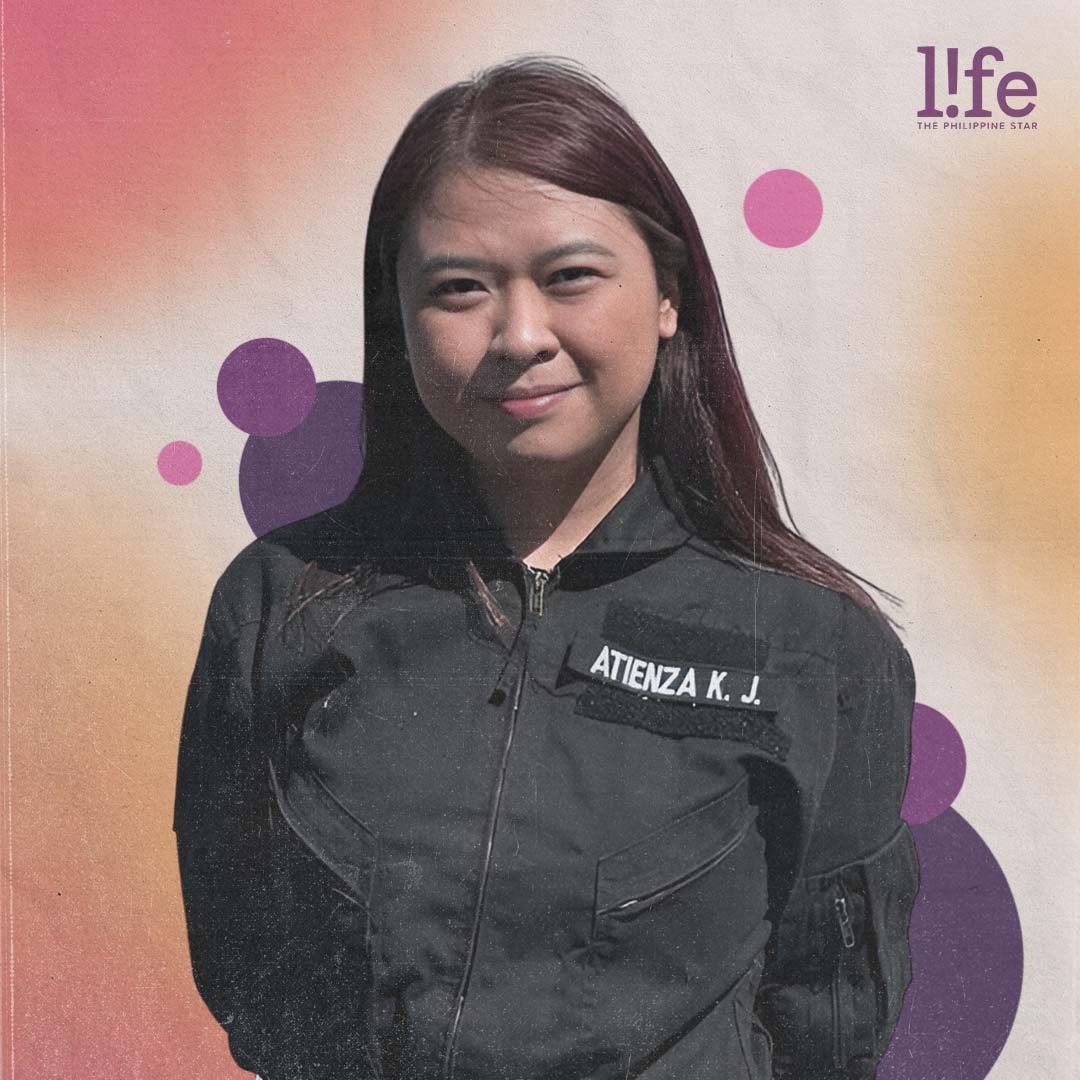
Kristine Jane Atienza’s early interest in astronomy and nutrition built for her a trailblazing job. She is an analog astronaut who also dabbles in space nutrition—the first Filipino to do so.
“We do simulations of real space missions. Everything that’s done in space has to be simulated on Earth first,” explained Kristine to PhilSTAR L!fe. “As an analog astronaut, you’re both a researcher/scientist and also a test subject. I also sometimes work as a nutritionist-dietician. Before the astronauts leave on missions, I do their [nutrition] assessments and monitor their intake.”
As an analog astronaut for the Hawaii Space Exploration Analog and Simulation (HI-SEAS), Kristine finds herself working among white men, most of whom are engineers and physicists. Being neither, and as a young-looking Southeast Asian woman, Kristine often has to deal with people underestimating her skill, especially since she works in the male-dominated industry of space and the sciences.
“In the space industry, I’m a minority of minorities,” said Kristine. “Sometimes, I feel like they don’t even know where the Philippines is.” To deal with rude comments about her abilities, Kristine prefers to let her work speak for itself.
And it does impress.
When she added space nutrition to her resumé, she started getting invitations to do lectures on the subject. She has given lectures at a university in Cebu, another in India, the University of Melbourne, Chulabhorn Royal Academy in Bangkok, and one EU Space Agency-funded start-up in Greece.
“My contribution to science is not conventional in that I don’t work in a laboratory or an institution. But I like the idea of me creating my own path since there is still no university course on space nutrition in the Philippines,” said Kristine, who, lacking a mentor, had to learn mostly on the job.
To raise awareness of space nutrition, she founded the Space Nutrition Network, a community of nutritionists and dieticians interested in space. “I want to help people, especially those with disabilities, chase their dreams.”
Mel Migriño
Multi-awarded digital risk leader
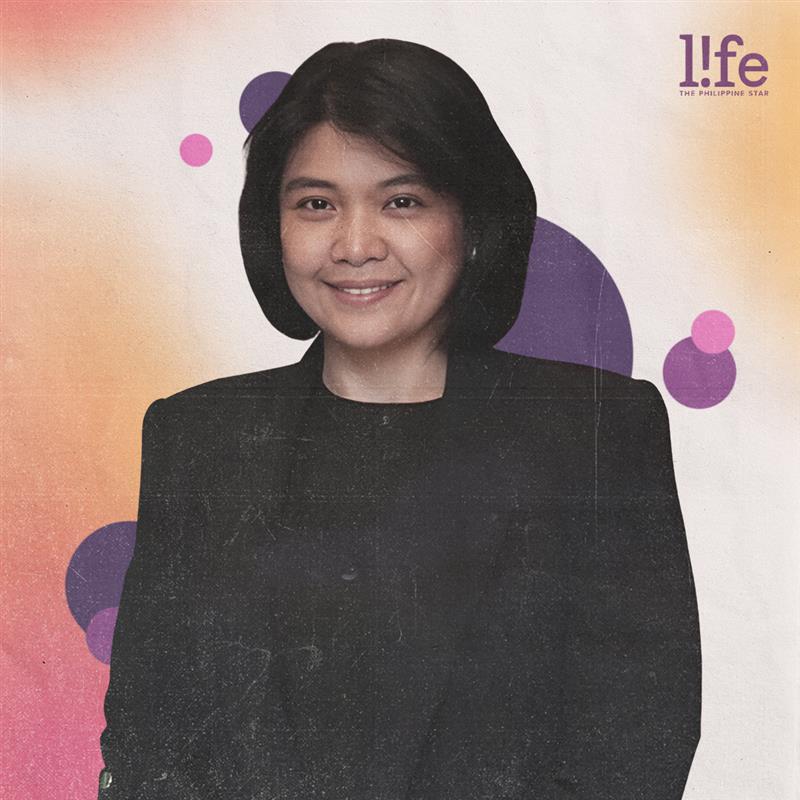
When Mel Migriño joined the information technology (IT) industry over 20 years ago, IT and cybersecurity, as they are today, were male-dominated sectors. This did not perturb Mel as it was her dream to become a leader in technology.
She spent the requisite six months of probationary work as a documentation analyst. Although she graduated with an academic excellence distinction, her good grades were not enough to get the meaty work assignments.
“I needed to prove that I could do systems design. I needed to show my boss that I knew how to ask probing questions, understand client requirements, and leverage tools to document,” shared Mel, who didn’t wait for the opportunity to fall on her lap. “I asked my boss to give me the opportunity. I had to show him that I was very interested in becoming a business analyst and that I would hand in good work.”
She got the opportunity she asked for and hasn’t looked back since.
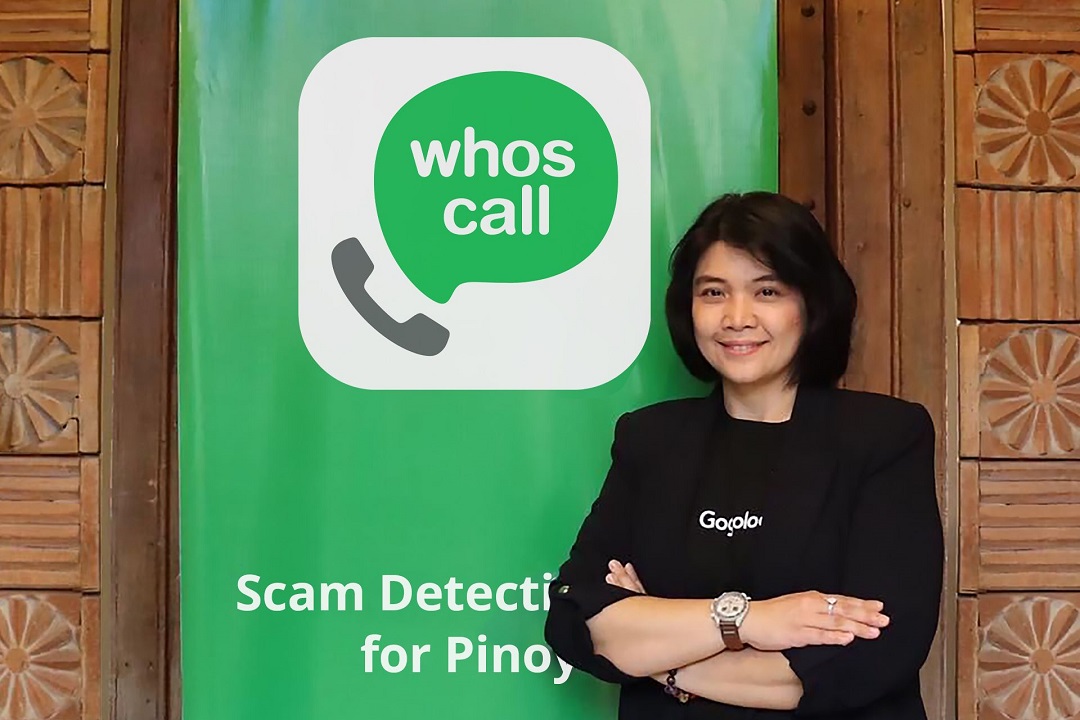
For more than a decade now, Mel has held leadership roles in cybersecurity, leaving her footprint in various industries, including energy, banking, fintech, telecommunications, and technology.
Eventually, she decided to act on her faith by giving back to the community. In 2022, Mel put up the Women in Security Alliance Philippines (WiSAP), a nonprofit organization that empowers women in cybersecurity and digital risk. For more than three years now, WiSAP has been training women to become digital risk practitioners and, eventually, leaders of their own business enterprises.
“We want to equip women with the right skills and attitude,” said Mel. “We highly advocate diversity, inclusion, and equity.”
A career in cybersecurity is certainly challenging. Mel maintained, though, that it is also rewarding.
“You start small,” she said. “Then, when you continuously excel, you are given opportunities to lead a team. Then, once you are running your own cybersecurity shop, you develop other skills—human resources, marketing; you diversify your knowledge base.”
The Philippines is slowly catching up to other countries where cybersecurity leaders are venturing to sit on the boards of profit-generating companies. Mel’s vision for Filipino women in cybersecurity is to expand their horizons and lead.
The time of Filipino women running into battle against colonizers is done. Today, women face other challenges taking place on more sophisticated platforms, including racetracks, cyberspace, the science industry, and film sets.
With the likes of Gaby dela Merced, Mel Migriño, Kristine Jane Atienza, and Maya Macatumpag taking the helm, though, the way forward for Filipino women is wider. It’s no longer a narrow footpath but a highway that leads to career equity, among other things. All that’s left to do now is to take it.


